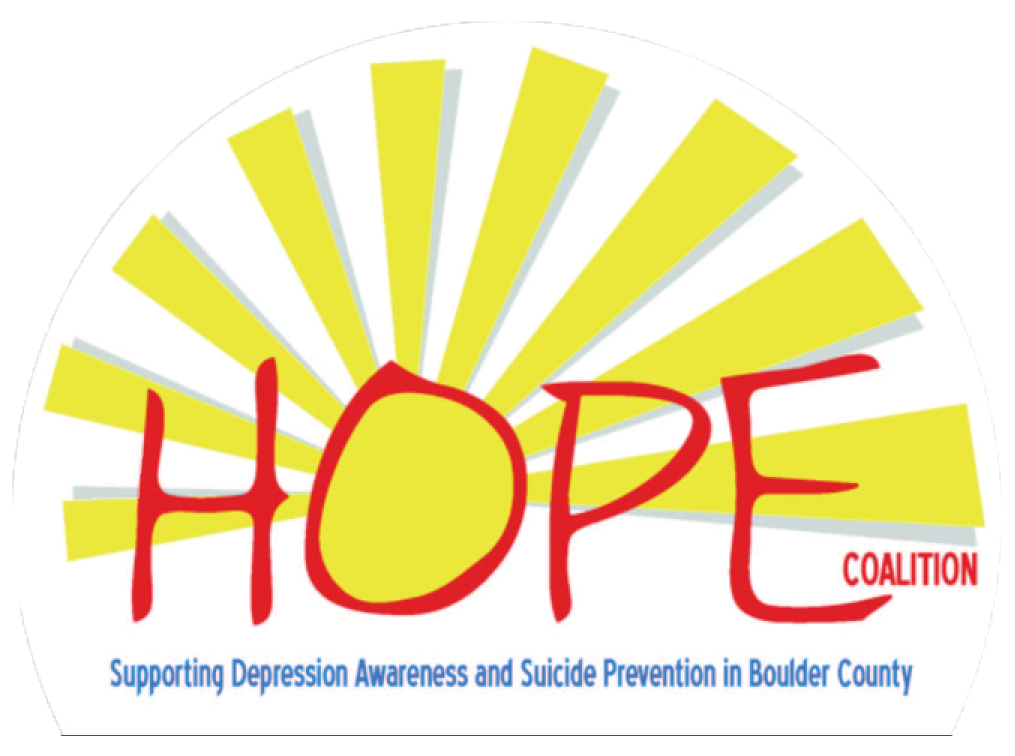Suicide is almost always a desperate act by someone who feels helpless and hopeless. Suicidal feelings and thoughts are a frequent symptom of depression. As a society, we feel shocked and questioning when someone we know kills herself or himself. We feel that we want to do whatever we can to prevent another such tragedy. It has been only relatively recently that there has been recognition that gay, lesbian, bisexual, and transgender youth (generally defined as ages 15-24) are at an increased risk of suicide compared to other youth. A growing body of research literature has provided the estimate that gays, lesbians, and bisexual youth attempt suicide at a rate 2-3 times higher than their heterosexual peers. Some studies indicate that the rate of attempted suicide for transgender youth is higher than 50%. These studies are not documenting only a recent phenomenon; some are retrospective studies, interviewing older members of these minority groups and finding higher rates for attempted suicide during these individuals’ youth decades ago. It is only the attention to this problem that is recent.
Sexual and gender minority youth are at a higher risk of suicide largely because of societal and developmental factors. This age period is when all people face the developmental tasks of finding their identity and establishing sexual/emotional intimacy in relationships. Our society fosters, nurtures, and channels these tasks for heterosexual youth. Implicitly and explicitly, heterosexual youth have their feelings, identities, and relationships acknowledged and validated. In general, our society is a perilous wasteland for sexual and gender minority youth. It is a wasteland because the resources that might help them in the developmental tasks of finding identity and establishing intimacy are nonexistent in most places, scarce in others. It is perilous because there are real dangers to their emotional and physical well-being which they must try to navigate. Harassment, threats of violence, and physical/sexual assaults by peers and family are experienced by a significant number of sexual and gender minority youth. Even more ubiquitous are the slurs, insults, and jokes regarding this population which color their environment and make it a challenge for them to come to love themselves and have good self-esteem. Not all of them possess the internal and external resources nor the autonomy that come with greater age to help them through these struggles with their environment. Although many sexual and gender minority youth are resilient, internalized self-hatred and resulting pain for others contribute to a higher risk of abusing alcohol and other drugs as a means of numbing those feelings.
There are several things that can help reduce the suicide risk factors for gay, lesbian, bisexual and transgender youth. All of us can make a commitment to making the environment a safer place for them. Heterosexuals who read this can do a lot. Stop laughing at or ignoring the bigoted jokes and insults that are frequently made about sexual and gender minorities. Go a step further and confront those who make these remarks, telling them that you do not find them appropriate. Additionally, you can continue your own education about all sorts of people who are different than you, including sexual and gender minorities. Open your mind and your heart further. Communicate your caring to those around you. Support the struggles of this population to obtain the same basic civil rights you have, the right to life, liberty, and the pursuit of happiness.
Download this as a PDF and Share…